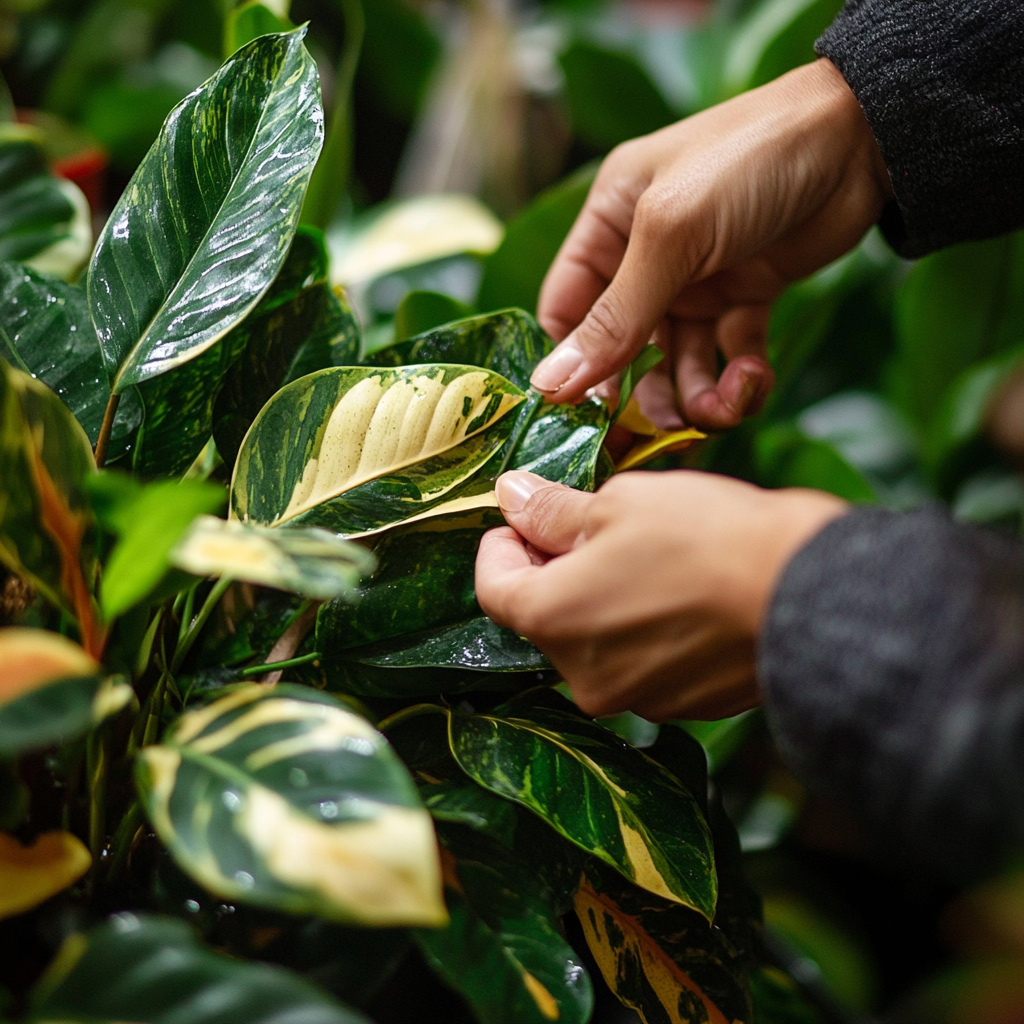Tropical houseplants enhance a space with their vibrant, deep green leaves . They also added just a hint of the exotic. However, more than just blooms that add brilliance, some clear the air and boost one’s mental health. We will introduce the best 20 tropical houseplants for indoors and elaborate on their traits and how to look after them.
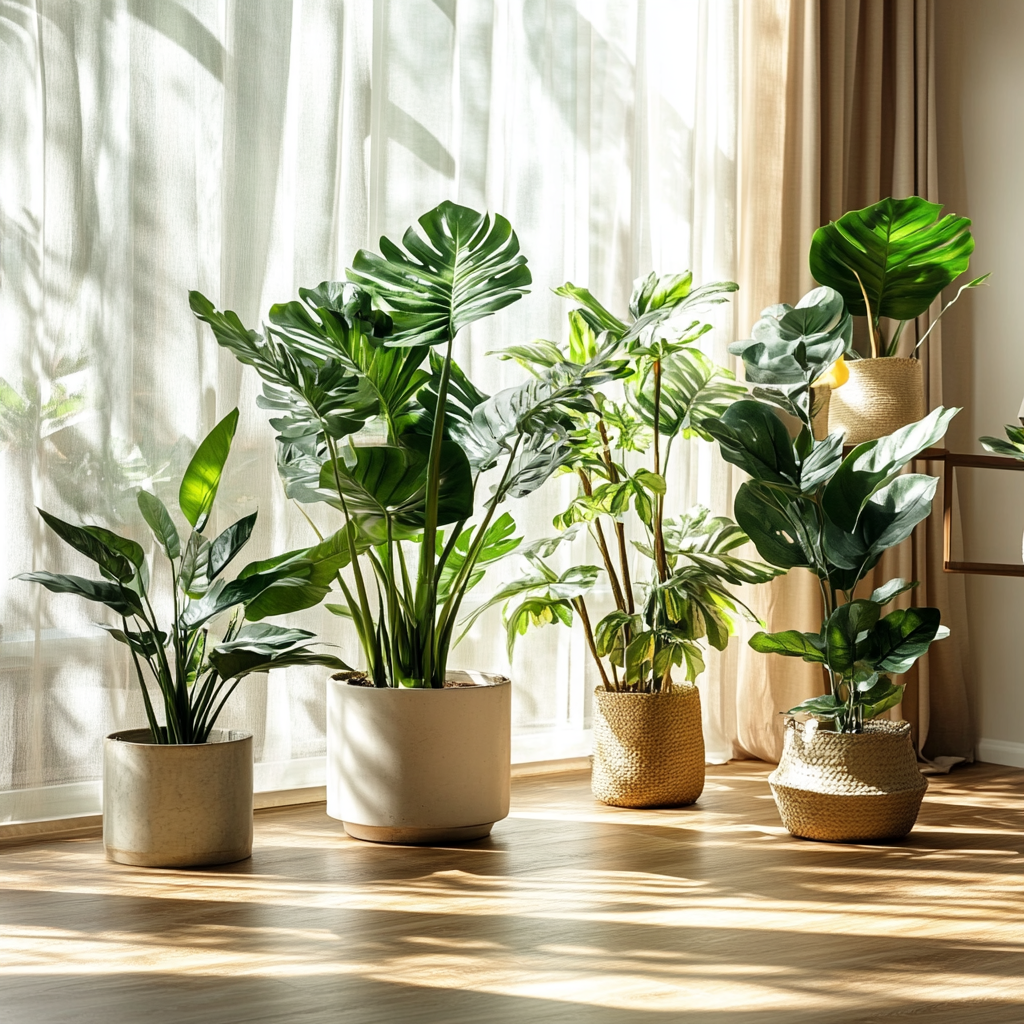
Why Choose Tropical Houseplants?
Tropical plants are perfect for indoor gardening because they flourish in warm, humid environments, which are exactly what homes provide. They purify the air and add beauty to your house. Besides, they come in different shapes, colors, and sizes; hence, providing myriad decorating options.
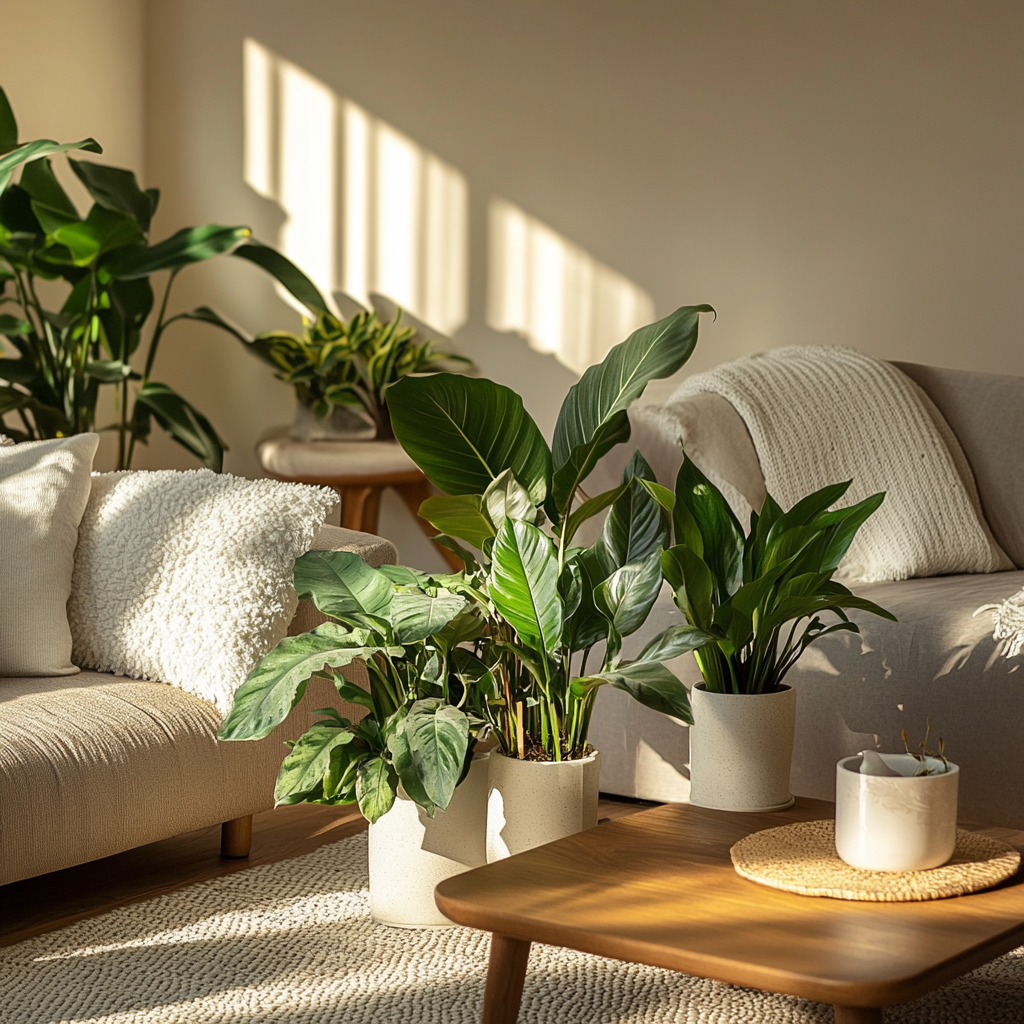
Tropical Houseplant Care Essentials
While tropical plants are for the most part low maintenance, they do have a few necessities to keep them happy.
Light: Most prefer bright, indirect light, similar in nature to dappled light that an under-canopy forest floor would host.
Watering: It likes to be in a moist condition. But the plant’s root will rot if it is oversoaked. You need to regularly check the soil for dryness. When the top of the soil has dried, it is high time to water the plant.
Humidity: Do well in high humidity. Putting plants together, misting, or using a humidifier will allow them to have somewhat of their natural setting.
Soil and fertilizer: Set the plant in a well-draining potting mixture. This plant does need a lot of fertilizer to grow. Always use a balanced, water-soluble fertilizer every four to six weeks during spring and summer when they are in their active growth.
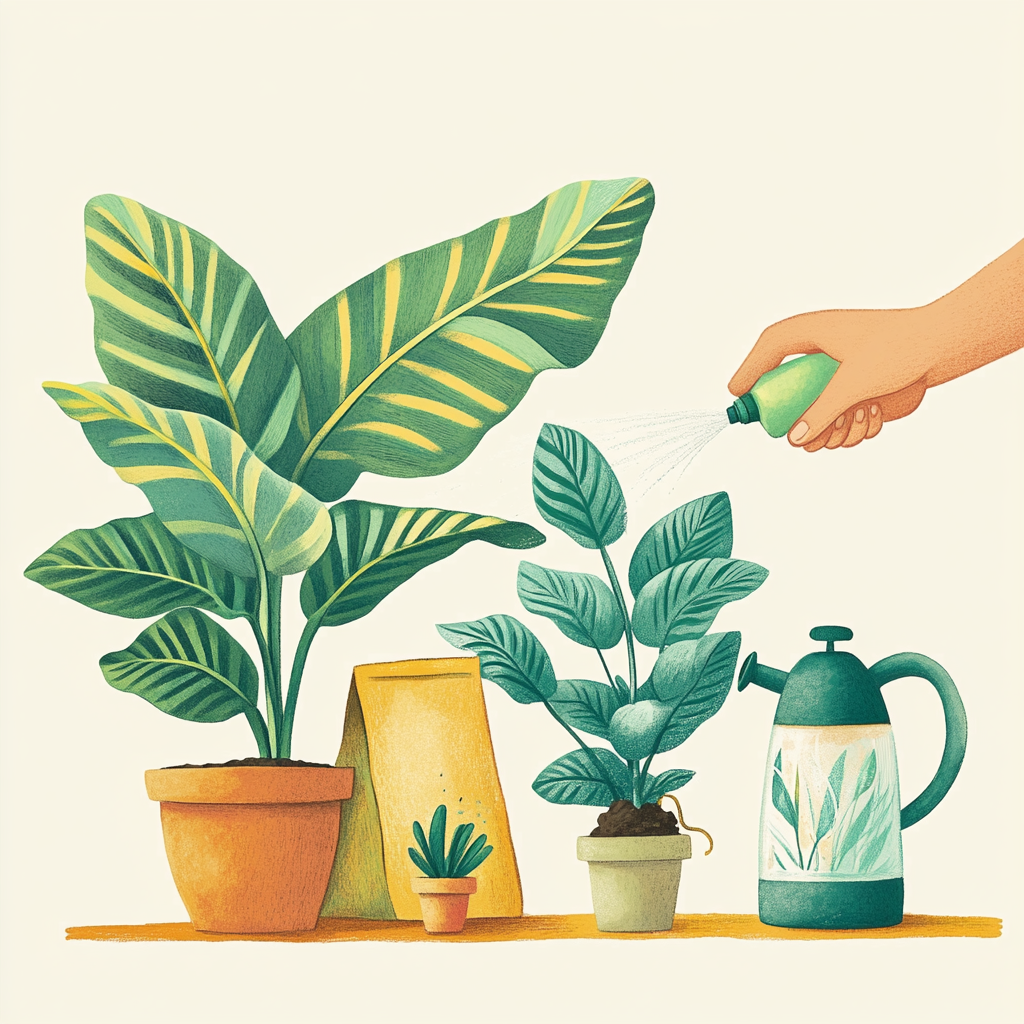
20 Beautiful Tropical Houseplants That are Perfect for Indoor Spaces
Adding a bit of the tropics indoors will add an extra bit of vibrancy and freshness to any home. Here are 20 tropical houseplants that work wonders indoors and grace with their beauty.
1. Monstera Deliciosa
The big, iconic split leaves of the Monstera Deliciosa really make a statement in any space. This tropical beauty is right for any big, open room where it has the opportunity to grow to full potential.
Care: It will do well in bright, indirect light but can tolerate low light. It needs to be watered when the top two inches of the soil are dry. Provide support with a moss pole as it grows to ensure stability and shape are maintained.Clean its leaves regularly so they remain shining and healthy, and from time to time, rotate the plant for its uniform growth.
2. Fiddle Leaf Fig
The Fiddle Leaf Fig is one of the favourite species owing to its big and violin-shaped leaves. This plant has lately been one of the mainstays in modern interiors. Its upright growth and striking foliage make it a stand-out feature.
Care: Bright, indirect light; likes regular watering, but make sure to rotate the plant for even light exposure. Avoid drafty windows and vents; it’s sensitive to temperature changes. Mist regularly, especially in dry environments, to keep a degree of humidity.
3. Bird of Paradise
Impressive to behold with its wide, glossy leaves and flowers that resemble an exotic bird, it’s sure to bring in that tropical flair into your space.
Care: Bright light, higher humidity. With high enough humidity, this plant will be sure to surprise you on occasion with stunningly colored flowers.
4. Snake Plant
This tough, upright plant with sword-shaped leaves is called robust; it purifies the air even, so it’s considered a low-maintenance plant.
Care: It tolerates low to bright light. Water every couple of weeks. Let it dry out between watering. Perfect plant for beginners or people who have busy lives.
Additional Tip: Snake plants are capable of cleaning the air of such toxins as formaldehyde and benzene, therefore contributing positively to indoor air.
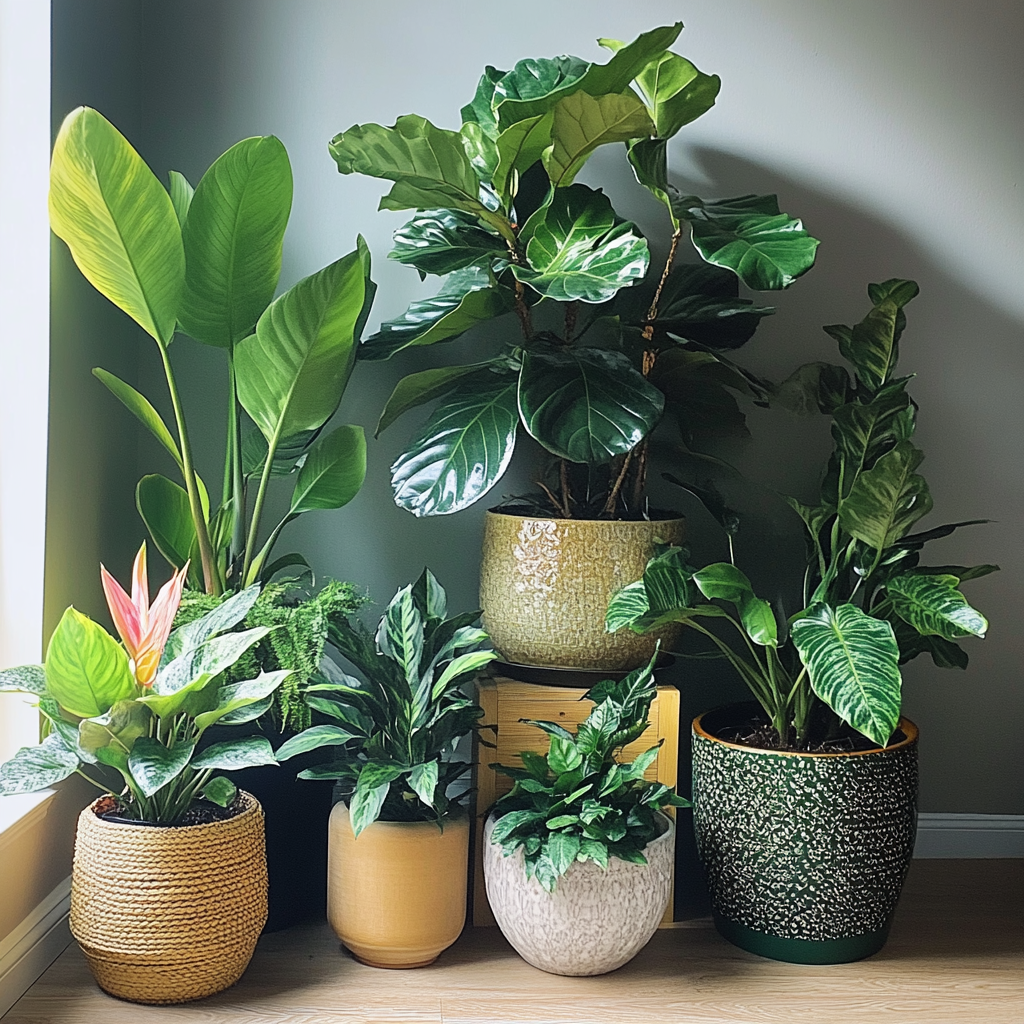
5. Rubber Plant
Large patent leaves of the Rubber Plant are variegated in a variety of deep green or burgundy hues. The plant can grow huge with good care, sometimes reaching to the ceiling height.
Care: Bright to moderate light. Let the top inch or two of the soil dry between waterings. Clean regularly for brilliant color and dust-free foliage. Plant the rubber plant in a well-draining pot to save it from getting root rot, for the plant does not like soggy soil.
6. Peace Lily
The elegant white flowers are adding beauty to this plant and making it very unique and good-looking for homes and offices. It is known because of its air-purifying abilities; it cleans the impurities coming in the air.
Care: It requires no watering once the earth dries out; it will flourish in oblique lighting. To increase the surrounding humidity, mist it frequently, and wipe the leaves to maintain their cleanliness.It tends to get overwatered, so the plant must have good drainage at the root to avoid any root-based complications arising.
7. Parlor Palm
It brings in a feeling of the tropics, adds an airy feel to a room, and its fronds are delicate, feathery. Compact and ideal for small spaces, it is one of the most adaptable indoor palms.
Care: It can be placed in low to medium light and needs watering once a week.If you want it to thrive, then on occasion, mist it to put it in its natural humid environment.
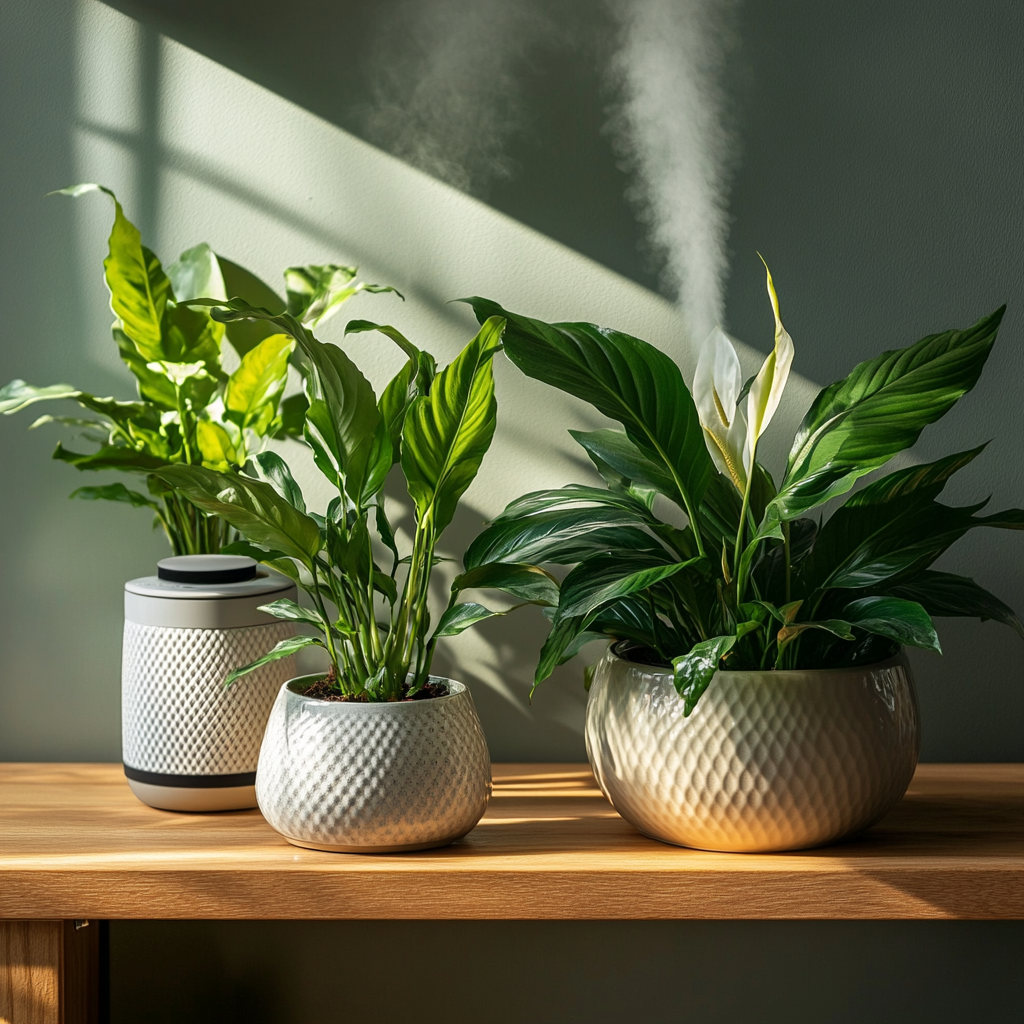
8. Pothos
Pothos is very adaptable and low-maintenance and has heart-shaped leaves. It’s great in hanging baskets or on shelves to give that lush addition inside your home.
Care: Pothos does best in low to moderate light. Prune regularly to achieve a fuller, bushier look.Pothos has been known to improve indoor air quality because it filters out pollutants.
9. Calathea
With its beautiful, patterned leaves that fold up at night, the Calathea brings visual interest and movement to home decor.
Care: Prefers medium light and high humidity. Keep soil consistently moist and frequently mist for humidity.For a more natural environment, place it in the bathroom or near your humidifier for some tropical flare.
10. Dracaena
Tall and sophisticated, the Dracaena is a slender-leaved plant that infuses corners and entryways with sleek, structured style.
Care: This plant loves indirect light. So they don’t require direct light, and minimum water is required.Dracaena is an air purifier, too, giving functionality to its style.
11. ZZ Plant
This is almost an indestructible plant that bears waxy leaves of dark green hue. It performs great in conditions, so this plant is ideal for everyone seeking a low-maintenance plant.
Care: Performing nicely in conditions of low to medium light, it requires water only every few weeks. Drought-tolerant and good for first-time plant owners.Because ZZ plants can purify the air, they are great for areas without much light or even no light at all and are very suitable for any office or even the darkest part of your home.
12. Philodendron
Being versatile and easy to grow, philodendrons have leaves that are very lush in appearance and even come as climbers and bushy types.
Care: Most prefer bright, indirect light. Allow the top inch of soil to dry out between waterings. Pinching back growing tips helps to make them full and bushy.Climbing varieties can be trained onto trellises or poles to add a dramatic vertical touch to your indoor space.
13. Spider Plant
Spider Plant bearing arching leaves, along with tiny “pups,” creates texture in any indoor display and is adaptive to various situations, making it easy to take care of.
Care: Prefers indirect light with moderate watering. Allow the soil to dry between waterings. Pups of the plant can be propagated to grow new plants. Spider plants are great air cleaners, filtering formaldehyde and carbon monoxide best.
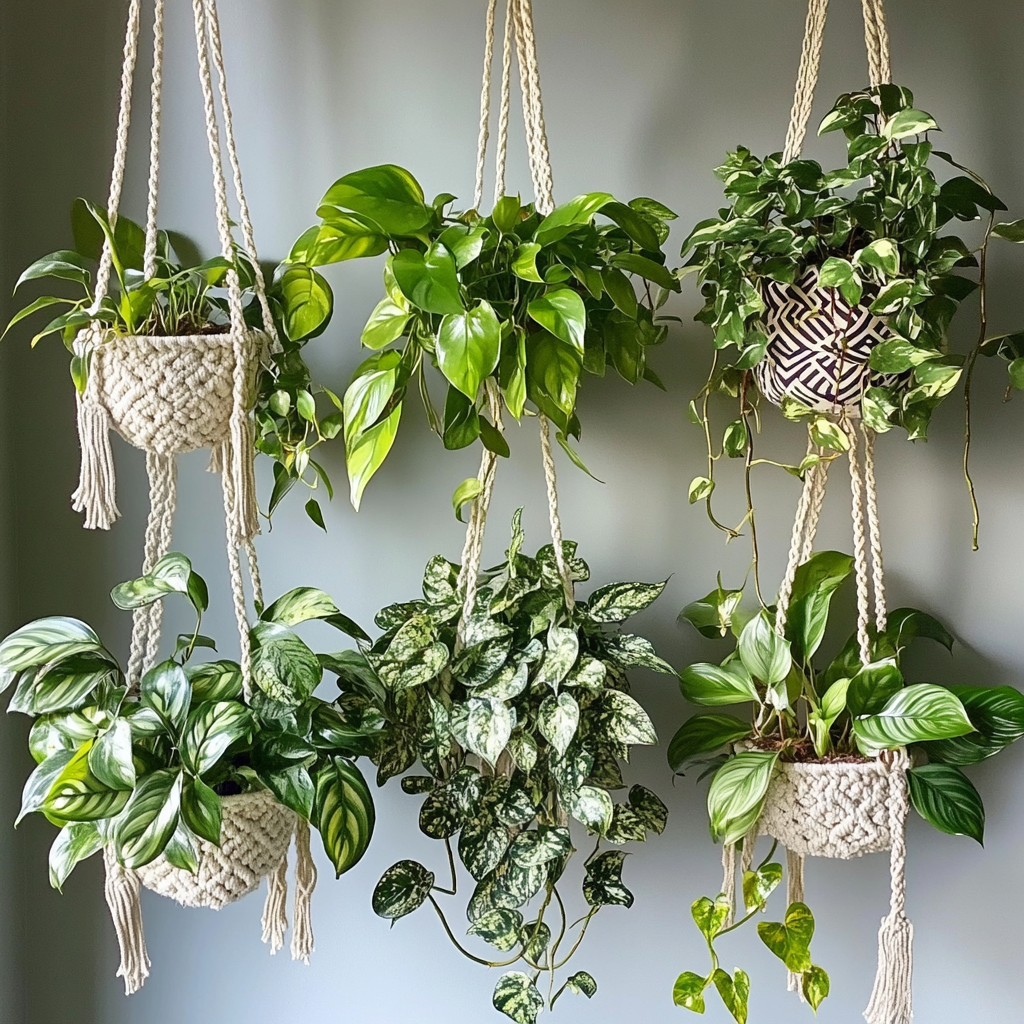
14. Anthurium
Anthurium plants have smooth, heart-shaped leaves with reddish or pink flowers that will make for a strikingly bold hue in your space.
Care: Bright indirect light; high humidity. Mist often. Water when the top soil layer has dried out.Do not place it in direct sunlight, which will burn the leaves; thus, its high humidity preference will be achieved by frequent misting.
15. Kentia Palm
Kentia Palm is pretty classy, with fronds arched outward from the middle of the crown of its stem. It grows well in low interior light, hence suitable for dark rooms.
Care Routine: Accepts low light and tolerates moderate watering. The palm is slow-growing and tough to give a long life in your room. Dust its leaves regularly to keep it free from dust and to keep the plant healthy.
16. Bromeliad
Bromeliads are true tropical beauties—imaginatively colored, rosette-shaped leaves and multi-colored flower spikes.
Care: Bright light is preferred for the striking colors of this foliage to pop. Infrequent watering with water being poured in the plant’s central rosette is ideal.Bromeliads love humidity, so once in a while, misting them will give them the right kick to thrive.
17. Croton
The vibrant, variegated leaves of the Croton explode with tropical color against a backdrop of colors ranging from red, orange, and yellow hues, adding flair to any room.
Care: Give it bright light for keen colors. It needs to be watered regularly but should not be allowed to dry totally.Its colors may fade if placed in lower light, so keep it in a spot that gives ample light to retain vibrant colors.
18. Alocasia
Alocasia is the real showstopper: giant, dramatic leaves and bold veining make the statement even against the most humdrum plant collection.
Care: Alocasia loves bright, indirect light and high humidity. Soil should be evenly moist; mist regularly.Alocasias are cold-air sensitive, so find them a place away from drafts.
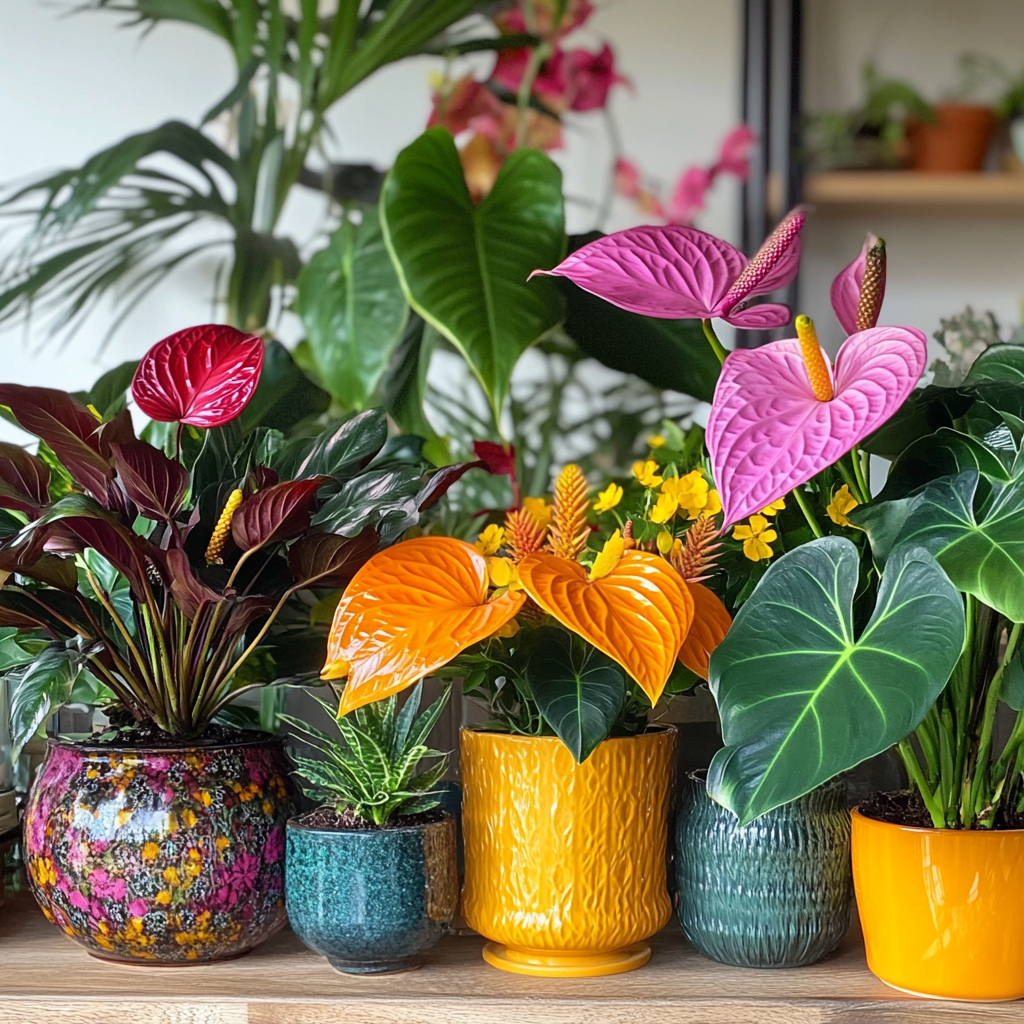
19. Cast Iron Plant
The Cast Iron Plant should be so named because it’s just about indestructible, putting up with low light and neglect while remaining lush and green.
Care: Will do well under low lighting conditions and requires infrequent watering. Remove dust from leaves periodically for healthy looks.This genus of plant will suit people who are always busy or who keep forgetting to water their plants.
20. Dumb Cane
Dumb Cane bears large, patterned leaves that add texture and color to any indoor setting.
Care: This plant likes indirect light and requires regular watering. However, caution should be taken not to let it become too wet; otherwise, root rot will surely set in.Rotate the plant from time to time to keep it growing evenly without leaning toward its light source.
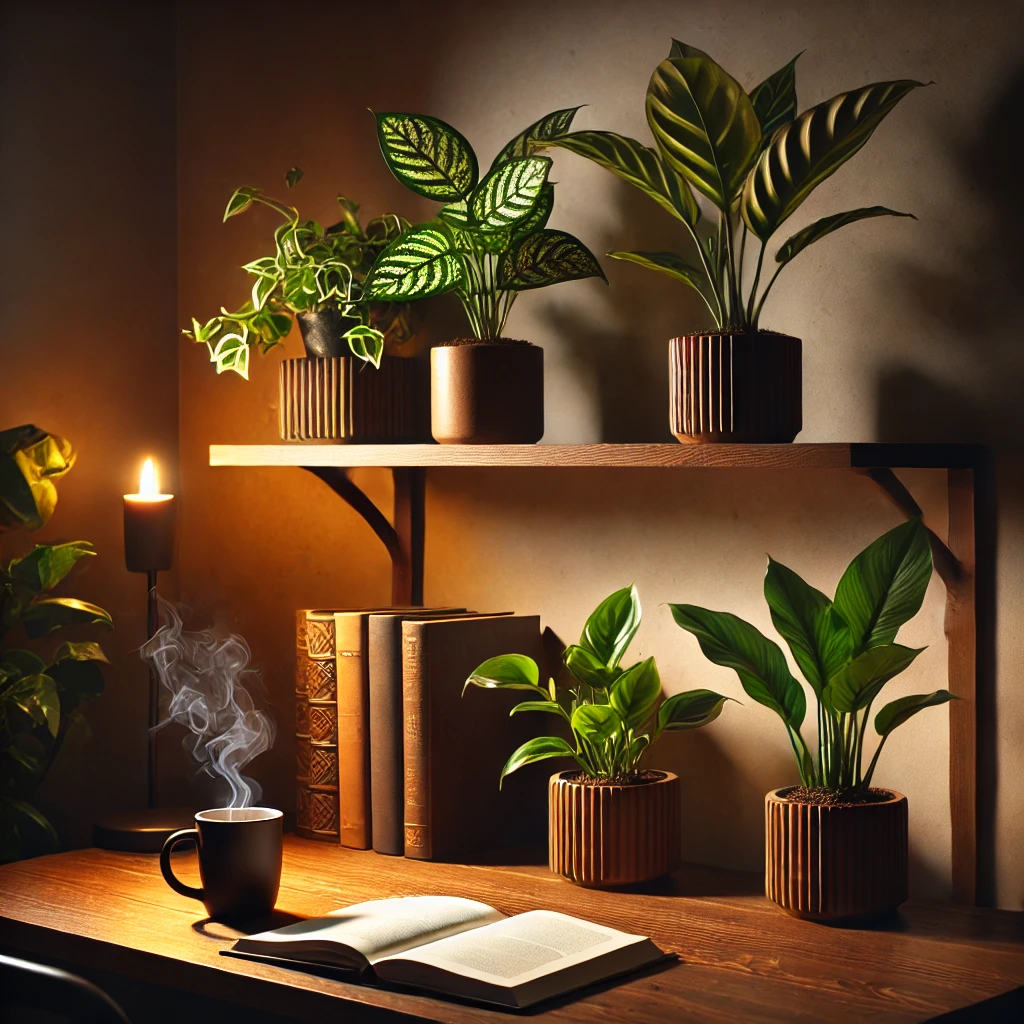
Final Tips
Care for tropical houseplants by being aware of problems like yellow leaves, which may indicate overwatering, or brown tips from lack of humidity. With a little time and attention weekly, this can turn into thriving tropical plants that will help build a rich, verdant indoor ecosystem that invites all who enter.
